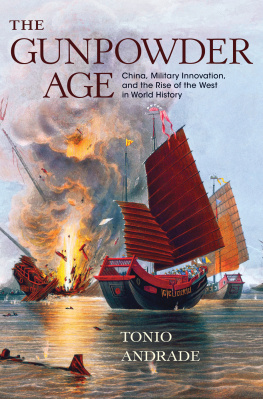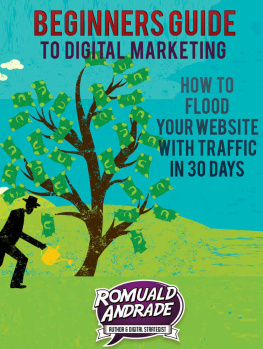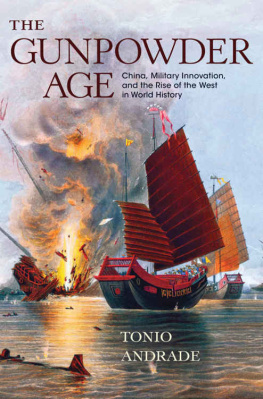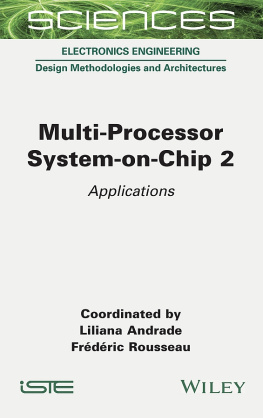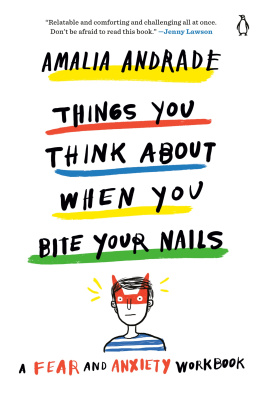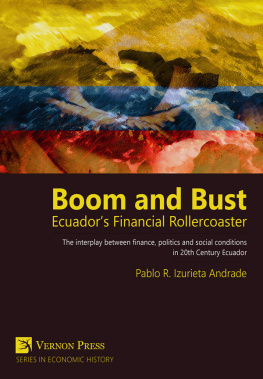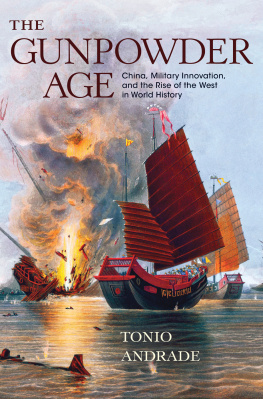Andrade - The Gunpowder Age
Here you can read online Andrade - The Gunpowder Age full text of the book (entire story) in english for free. Download pdf and epub, get meaning, cover and reviews about this ebook. year: 2017;2015, publisher: Princeton University Press, genre: History. Description of the work, (preface) as well as reviews are available. Best literature library LitArk.com created for fans of good reading and offers a wide selection of genres:
Romance novel
Science fiction
Adventure
Detective
Science
History
Home and family
Prose
Art
Politics
Computer
Non-fiction
Religion
Business
Children
Humor
Choose a favorite category and find really read worthwhile books. Enjoy immersion in the world of imagination, feel the emotions of the characters or learn something new for yourself, make an fascinating discovery.
The Gunpowder Age: summary, description and annotation
We offer to read an annotation, description, summary or preface (depends on what the author of the book "The Gunpowder Age" wrote himself). If you haven't found the necessary information about the book — write in the comments, we will try to find it.
Andrade: author's other books
Who wrote The Gunpowder Age? Find out the surname, the name of the author of the book and a list of all author's works by series.
The Gunpowder Age — read online for free the complete book (whole text) full work
Below is the text of the book, divided by pages. System saving the place of the last page read, allows you to conveniently read the book "The Gunpowder Age" online for free, without having to search again every time where you left off. Put a bookmark, and you can go to the page where you finished reading at any time.
Font size:
Interval:
Bookmark:

THE GUNPOWDER AGE
THE GUNPOWDER AGE
China, Military Innovation, and the Rise of the West in World History
TONIO ANDRADE
PRINCETON UNIVERSITY PRESS
PRINCETON AND OXFORD
Copyright 2016 by Princeton University Press
Published by Princeton University Press
41 William Street, Princeton, New Jersey 08540
In the United Kingdom: Princeton University Press
6 Oxford Street, Woodstock, Oxfordshire OX20 1TW
press.princeton.edu
Cover art: Edward Duncan, Nemesis destroying Chinese junks in Ansons Bay, 1841,
aquatint, 486 mm 650 mm.
National Maritime Museum, Greenwich, London
Fourth printing, and first paperback printing, 2017
Paperback ISBN 978-0-691-17814-1
All Rights Reserved
The Library of Congress has cataloged the cloth edition of this book as follows:
Cloth ISBN 978-0-691-13597-7
Library of Congress Control Number: 2015935955
British Library Cataloging-in-Publication Data is available
This book has been composed in Charis SIL
Printed on acid-free paper
Printed in the United States of America
5 7 9 10 8 6 4
FOR SYLVIA
who understands both sides with love
Contents
THE GUNPOWDER AGE
Introduction
THE MILITARY PATTERN OF THE CHINESE PAST
China is a sleeping lion. When it wakes, the world will tremble. Napoleons prophecy seems to be coming true.
Yet he made his prediction in 1816. Why did the lion take so long to wake? And why was it sleeping in the first place? China was once the wealthiest, most technologically advanced, most powerful country in the world. How did it lose its lead to the upstart countries of Western Europe? Or, to put it another way, how did the once marginal states of Europe surge to global power and predominance after 1500?
These are key questions of world history, and in recent years theyve generated a flurry of answers, and much debate.the journey reformers were always focused on military matters. They still are.
This book examines the Great Divergence between China and the West by concentrating on warfare. It suggests that there is a military pattern to the Chinese past that can help us make sense of Chinas periods of strength, decline, and resurgence. But it doesnt focus on China alone. Its aim is to bring Asian and European military history into conversation, asking not just how China diverged from the West but also how the West diverged from East Asia.
The unifying theme is gunpowder warfare. Historians have long studied gunpowders revolutionary effects, but theyve paid most attention to the West. Indeed, youve probably heard the saying, false but often repeated, that the Chinese invented gunpowder but didnt use it for war. This meme is still widely circulated, appearing in scholarly works, and even in China itself.
But the gunpowder age actually lasted a millennium, from the first use of gunpowder in warfare in the late 900s to its replacement by smokeless powder around 1900. Examining its full sweep can help us answeror at least clarifythe question of the rise of the West and the stagnation of China.
One of the most enduring explanations for Europes dynamism and Chinas supposed torpor is the competitive state system paradigm. Antagonism between European states, so the theory goes, exerted a selective pressure on European societies, driving them to improve their political, economic, and military structures. China, on the other hand, had a unified imperium, which impeded experimentation and led to stasis. This idea is as old as social science itself, going back to Montesquieu and animating the works of Karl Marx and Max Weber.
Of course, as any student of Chinese history knows, Chinas past is filled with war and interstate competition. Indeed, the very term China presupposes a unity that was absent for much of history.
Yet there were many other periods of warfare and interstate competition in Chinas long history, and scholars have tended to neglect those times and exaggerate Chinas imperial unity. The hypothesis of this book is that such periods are vital to understanding world history.
Consider the Late Imperial Age (13681911), a period during which China was supposedly unified and, according to many authors, stagnant. Its true that both the Ming (13681644) and Qing (16441911) dynasties oversaw periods of great unity. Yet there were also periods of intense warfare, particularly around the dynastic transitions (1368 and 1644). This is no shock, but nonspecialists may be surprised to learn how long those transitions were, and how warlike. The transition from the Yuan dynasty (12791368) to the Ming dynasty lasted nearly a century, from around 1350, when statelets emerged and began fighting, through the bloody interstate wars of the famous field of rivals (13521368), through the violent campaigns of consolidation by the first Ming emperor (r. 13681398), through the bitter succession war that erupted after his death, through the reign of his bellicose son, the famous Yongle Emperor (r. 14021424), who launched huge expeditions into Vietnam and Mongolia, and, finally, through a period of intermittent warfare that ended only in 1449. In total the warfare around the Ming dynastic transition lasted a century, from around 1350 to around 1450. The wars were frequent, intense, and of a scale far exceeding anything in Western Europe at the time, with armies of hundreds of thousands clashing throughout East Asia, armed with guns, bombs, grenades, and rockets.
The next dynastic transition was of similar length and intensity. Interdynastic warfare erupted in the 1610s and continued until 1683, when the last holdouts of the Ming dynasty finally fell to the Manchu Qing dynasty. Afterward, warfare continued into the early eighteenth century, when the famous Kangxi Emperor (r. 16611722) carried out campaigns of consolidation in Northern and Central Asia. In fact, this is a conservative periodization: intense warfare actually began around 1550 and included the Korean War of 1592 to 1598, the most destructive Sino-Japanese conflict before World War II. Scholar Sun Laichen has called the period 1550 to 1683 the most warlike in East Asias history, pointing out that warfare extended well beyond China itself, engulfing all of Eastern Eurasia, including Southeast Asia.
Its no surprise that dynastic transitions saw intense warfare, but the length of these periods is significant. They lasted generations. Of course not all this warfare was of the type that is considered to have contributed to European dynamism, that is, sustained interstate conflicts. Some scholars have argued that China engaged in too much of the wrong sort of warfare, focusing on defense against nomads and rebels rather than on external conquest, a preoccupation that supposedly sapped China of European-style dynamism.
Yet these periods of warfare did indeed stimulate rapid and deep-seated military innovation. Napoleon well understood that a country, when challenged militarily, responds with innovation. Historians call this the challenge-response dynamic.
It didnt last. Starting in the 1550s, warfare increased throughout East Asia, and military innovation accelerated. Chinese, Japanese, and Koreans mastered the manufacture of European cannons and muskets, improving them and deploying them with advanced tactics, such as the famous musketry volley technique, which, as well see, was probably first used not in Europe or Japan or the Ottoman Empire, as scholars have suggested, but in China.
The Age of Parity, however, gave way to a Great Military Divergence, which became manifest during the Opium War of 1839 to 1842, when British forces consistently outfought the Qing. Why did China fall so far behind?
Next pageFont size:
Interval:
Bookmark:
Similar books «The Gunpowder Age»
Look at similar books to The Gunpowder Age. We have selected literature similar in name and meaning in the hope of providing readers with more options to find new, interesting, not yet read works.
Discussion, reviews of the book The Gunpowder Age and just readers' own opinions. Leave your comments, write what you think about the work, its meaning or the main characters. Specify what exactly you liked and what you didn't like, and why you think so.

